[ad_1]
What To Use To Unclog a Toilet and Other Quick Tips!
There’s no more dreaded moment than when you go to flush your toilet only to find out it’s become clogged.
When you’re faced with clogged toilets, you undoubtedly need a quick and easy solution that will get your system functioning back as it should.
Fortunately, we have some solutions.
We’ll explain the potential causes of a clog and what tools you can use to fix your clog.
Keep reading, and your toilet will be clear quickly before you know it.
? What Can Cause a Clogged Toilet?
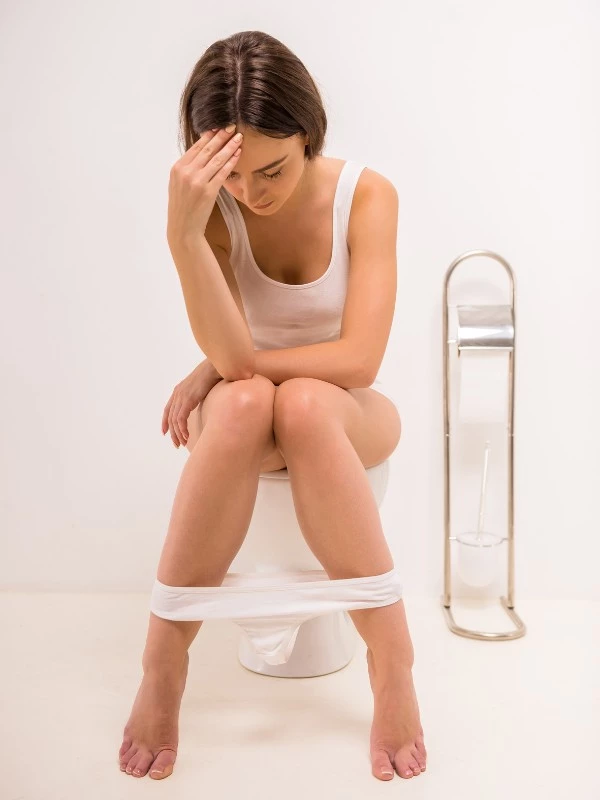
A clogged toilet can be the result of several problems with your toilet.
Your clog might result from the following:
- Insufficient water pressure
- A badly designed toilet trap
- Too much toilet paper
- If you flush tissues, flushable wipes, hygiene products, or other things, you shouldn’t flush
? Related Reading: What You Can (and Can’t) Flush
? 7 Ways To Unclog a Toilet
? Plunger
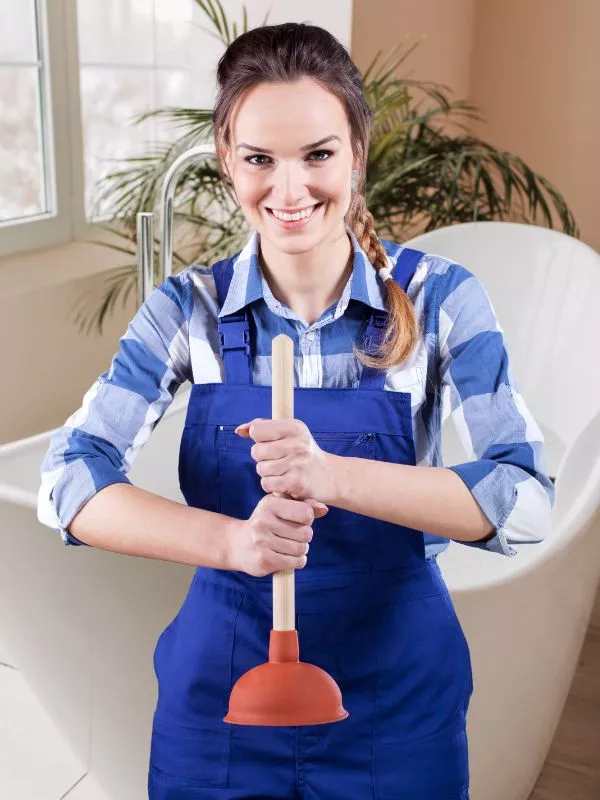
The first and most obvious solution is to use a plunger.
If you’re fortunate enough to have a plunger handy, it’s a relatively straightforward process: first, turn off the water supply and get rid of excess water with a cup or any other suitable container.
You still want some water in the bowl, but not too much, so it splashes everywhere.
You should also put on some rubber gloves.
Wearing rubber gloves will stop your hands from getting dirty or hurt while plunging.
Put the plunger into the toilet bowl and carefully place it over the drain.
Ensure it covers the drain hole completely, then press down firmly to form a seal.
Now, pump the plunger up and down to create pressure while keeping that seal in place.
After building enough pressure, quickly pull the plunger up and off the drain.
This should be enough to fix your clogged toilet, but you may need to do it a couple of times beforehand.
But what if you don’t have a plunger handy?
Are there any ways to unclog a toilet without a plunger?
? Dish Soap
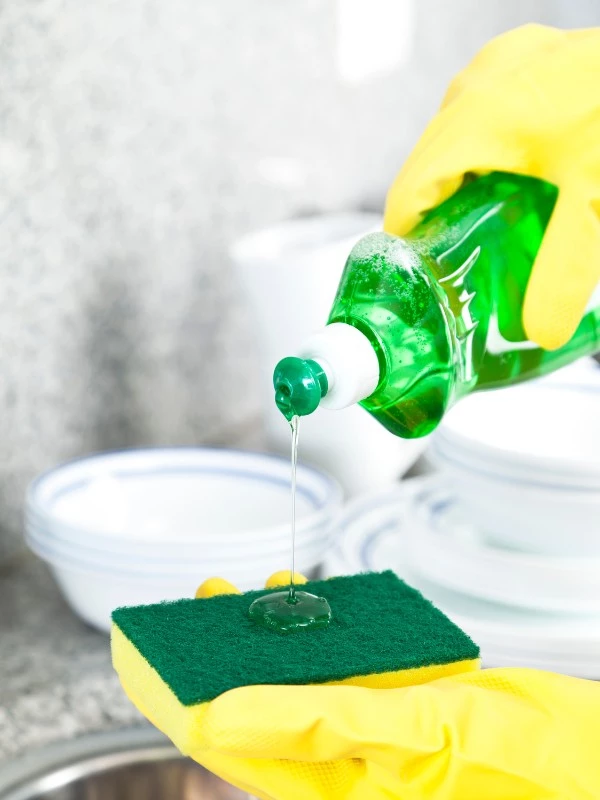
Without a plunger, dish soap is one of the best ways to unclog a toilet.
Dish soap will allow you to lubricate the toilet drain, making it easier for clogged material to dislodge and leave your pipe.
It can also decompose drain clogs, as dish soap breaks down fats and oils.
Get a half cup of dish soap or liquid hand soap, and pour it into your toilet bowl.
Ensure there’s enough water to move down your drain, and then let the soap sit for 10 minutes.
Other Drain Cleaning Chemicals
You could try another chemical cleaner if you don’t have dish soap.
If you’re an amateur, you’re best off looking for a sulfuric acid-based cleaner.
Many commercial drain cleaners use sulfuric acid, so you should be able to find one quickly.
If you’re a more experienced plumber, you might want to opt instead for a hydrochloric acid-based cleaner.
These are much stronger and more effective than sulfuric acid-based cleaners, but they also can be more dangerous if you don’t know what you’re doing.
No matter which chemical-based cleaner you choose, take great care and carefully pour the chemicals.
Chemicals have the power to cause severe damage, so you should always follow the instructions printed on the bottle.
✅ PRO TIP: Most plumbers don’t recommend clearing clogs with chemical-based cleaners as they can be harsh on your pipes.
? Baking Soda and Vinegar
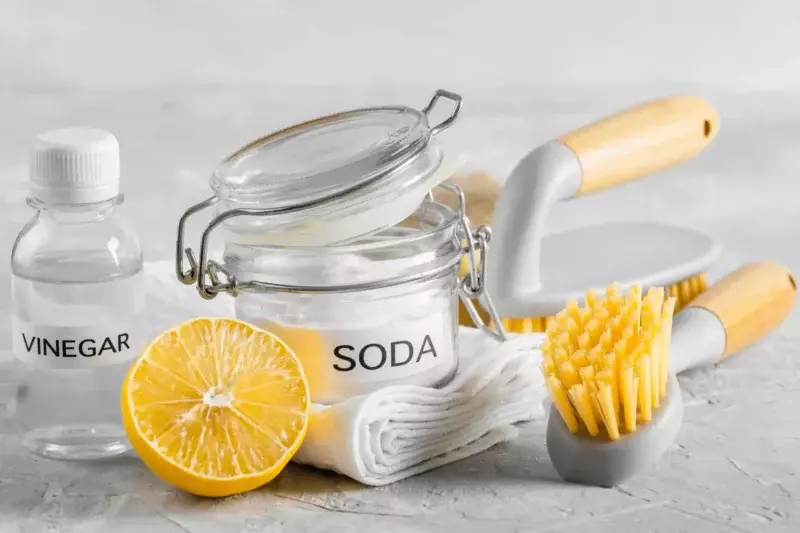
If you want to unclog your toilet without a plunger but don’t want to use chemicals, you could always try baking soda and vinegar.
To make a baking soda and vinegar solution, you’ll only need vinegar and baking soda.
Get ready two cups of white vinegar and one cup of baking soda.
Now, pour the cups into the toilet bowl one cup at a time.
Once you’ve poured in every cup, let the solution sit for a half hour.
This should resolve your clog.
It’s also a good idea to put towels around the toilet before starting, as the solution can fizz up and may overspill.
? Hot Water

Sometimes the best solution is the simplest.
You can unclog a toilet without a plunger or any other tools as long as you have access to a water supply.
Heat some water with your stove and a pan as you usually would but stop before you reach the boiling point.
Boiling water can crack your bowl’s porcelain, so only add hot water.
Pour this warm water into the toilet and let it sit for a few minutes. Then flush the toilet.
Though this will work in most cases, be prepared if the toilet clog stays and dirty water comes back out.
? Wire Coat Hanger

A professional plumber commonly uses a toilet snake to unclog a clogged toilet.
However, most people don’t have a toilet snake stashed away in their homes.
So instead, you can use a wire hanger as a makeshift toilet snake.
The first step is to unravel the wire hanger to form one continuous rod.
Then with great caution, push the wire hanger down the drain to unclog the toilet.
As toilet drains can become damaged by the sharp end of a wire hanger, you may want to put something on the end of the hanger, like an old rag firmly tied.
This, however, can exacerbate a clog if the rag falls off, so we don’t advocate for this either.
You are better off using a pair of pliers to round the end of the coat hanger so it isn’t sharp.
? Toilet Auger
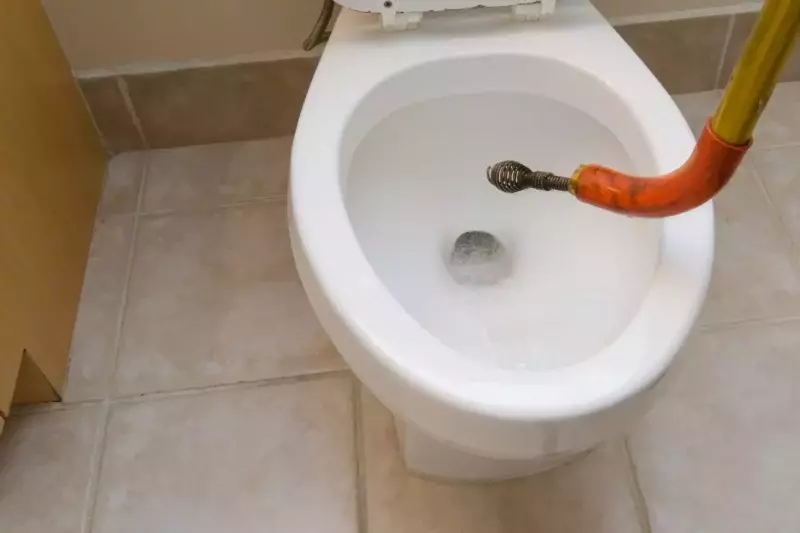
A more professional but costlier solution is to use a toilet auger.
An auger is a kind of toilet snake used to unclog a clogged toilet.
However, unlike a toilet snake, it’s used to push the clog back down the drain instead of bringing it back up.
The unclogging process is more or less the same as the wire hanger unclog.
However, augers are designed specifically not to scratch your drain, which lets you clear a clog without having to worry about damaging your toilet.
The only real negative of an auger is its price.
An auger will frequently run you $20+ to buy and $10 to rent for a few hours.
This price can grow sharply if you need a specific one.
But if your toilet tends to clog easily, it might be a good investment.
? Toilet Brush
This is a bit of a last resort, but it should do the trick in a desperate situation.
Put on some gloves, and put a toilet brush into the drain.
Keep your hand firmly on the brush, and push up and down to dislodge whatever might be stuck in the drain.
If the lodged material is within reach of the brush, this should do the trick to loosen things and get your drain and bowl empty again.
? How to Stop Toilet Clogs in the Future
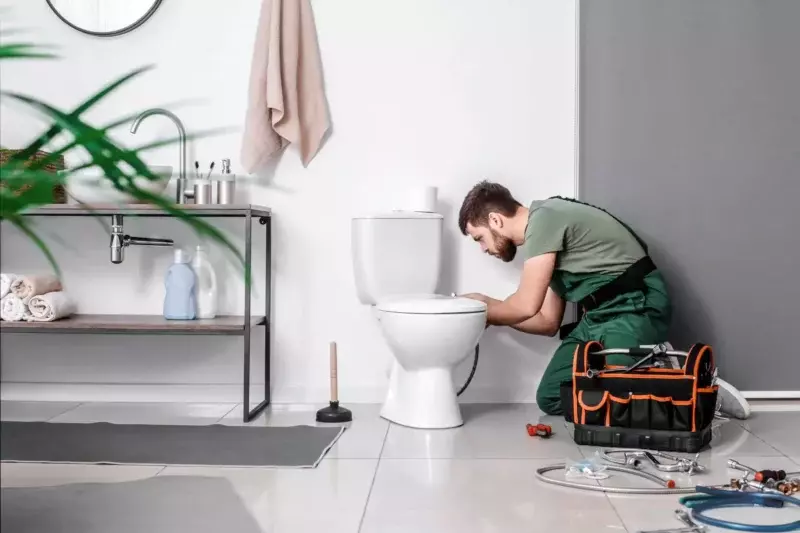
Earlier in the article, we discussed several issues that can cause your toilet to clog.
Some of these issues, like the amount of toilet paper you use, are much more preventable than structural problems like those with the toilet trap.
Either way, here are some solutions to prevent a clog in the future:
- Don’t put objects not designed for toilets in your toilet
- Regularly flush your toilet
- Make sure all the parts in your toilet tank and bowl are in place
? Regular Maintenance
The best way to ensure your toilet doesn’t clog in the future is to get it regularly maintained.
A maintenance plan with a plumber will ensure your system functions at its maximum efficiency and that it doesn’t run into any clogs in the future.
Your plumber will also ensure no problems arrive in any other part of your toilet and will be ready to repair them if they do.
A maintenance plan will also help you save money on your repair bills, which can be a lifesaver if you regularly run into problems.
If you’re interested in a plan and live in North America, consider contacting Phyxter Home Services.
Phyxter offers expert plumbing services across numerous locations in North America.
If you’re interested in saving money with a plan or need a fix right now, check out if we have plumbers in your service area.
? Final Thoughts

We’ve discussed all the ways you can deal with a toilet clog, no matter whether you have all the proper equipment or are stuck without a plunger.
Toilet clogs are frustrating, but they don’t have to be the end of the world.
Here at Phyxter Home Services, we can quickly and decisively resolve your plumbing problems.
We also have plenty of other great tips and advice for homeowners on plumbing. Feel free to check out our other plumbing articles.
? Related Reading: DIY Guide to 15 Common Plumbing Problems & Solutions
[ad_2]
Source_link


